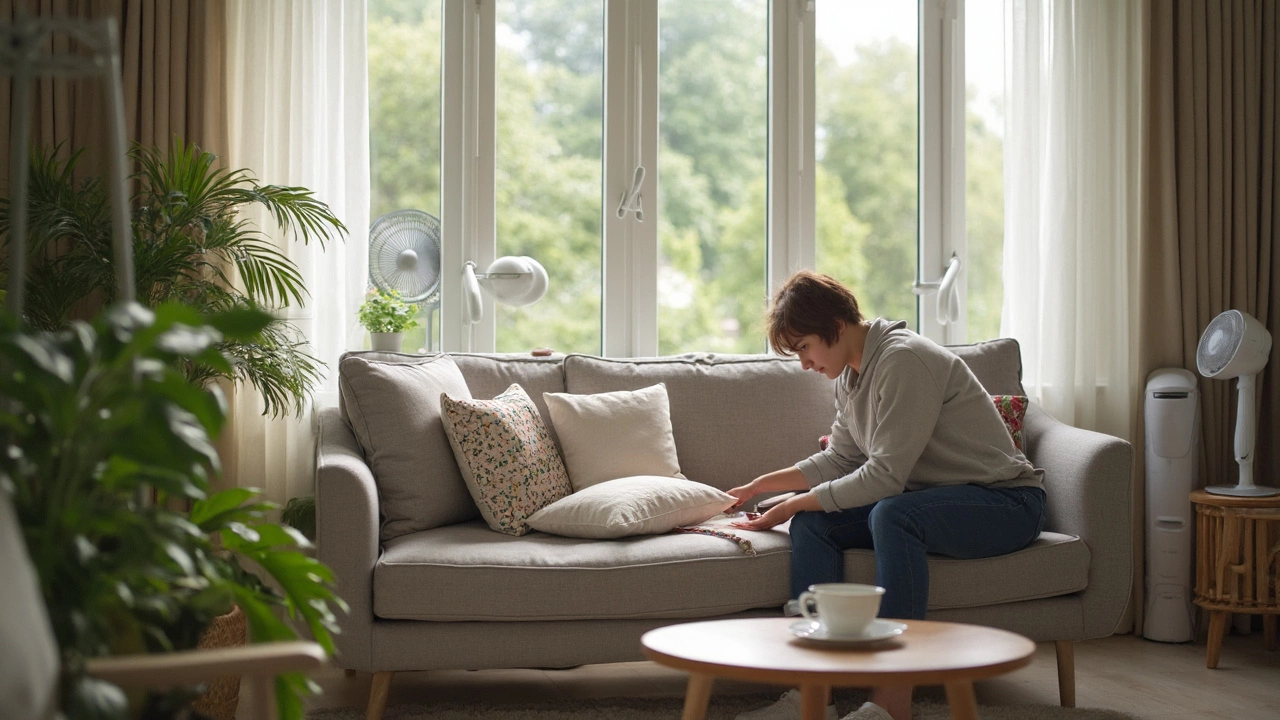Shampooed Upholstery: Simple Steps for Fresh Sofas
Got a couch that looks tired or smells a bit off? A good shampoo can bring it back to life without hiring anyone. It’s fast, cheap, and you probably already have most of the stuff at home.
Why Shampooing Works
Shampoo isn’t just for hair – it’s great for fabrics too. The gentle surfactants lift dirt, oil, and body‑odor out of the fibers, leaving them clean and soft. Unlike harsh chemicals, a mild shampoo won’t strip colour or damage the weave, so it’s safe for most sofas, chairs, and even car seats.
DIY Shampoo Step‑by‑Step
What you need: a bucket, warm water, a few drops of mild dish soap (Dawn works well), a soft‑bristle brush or microfiber cloth, and a clean towel. If you have a spray bottle, that makes spreading the solution easier.
1. Vacuum first. Run a handheld vacuum or the upholstery attachment on your regular vacuum over the whole piece. This removes loose crumbs, pet hair, and dust that could turn into mud when wet.
2. Mix the shampoo. Add about a teaspoon of dish soap to a litre of warm water. Stir gently – you don’t want a lot of bubbles, just a thin, soapy liquid.
3. Test a hidden spot. Dab a small amount of the mix on an inconspicuous area. Wait a minute; if the colour doesn’t change, you’re good to go.
4. Apply the solution. Lightly spray or dip your cloth in the mix and work it into the fabric in small sections. Use the brush for tougher stains, moving in circular motions. Don’t soak the upholstery – a little moisture does the job.
5. Rinse lightly. Dampen a clean cloth with plain water and wipe each section to remove soap residue. Too much water can cause mould, so keep it brief.
6. Dry properly. Blot excess moisture with a dry towel, then let the furniture air‑dry. Open windows or point a fan at the spot to speed up the process. Avoid using the couch until it feels completely dry.
Common mistakes to avoid: scrubbing too hard, using too much soap, or letting the fabric stay wet for hours. These can lead to faded colour or a musty smell.
If the stains are stubborn, a professional upholstery cleaner can use hot‑water extraction, which reaches deeper into the fibers. But for most everyday grime, the shampoo method works just fine.
Give it a try next weekend. You’ll be surprised how a quick shampoo can make an old sofa look brand new – and you’ll save a few pounds in the process.

How to Dry a Couch After Shampooing: Quick and Effective Methods
Getting your couch dry after shampooing is crucial to keep it smelling fresh and free of mold. This article explains practical steps to speed up drying, avoid common mistakes, and protect your upholstery. You'll find out how airflow, techniques, and household tools can make a huge difference. Learn warning signs of slow drying and easy fixes if things don’t go as planned. Stay comfy and smart about your couch care.
Read More